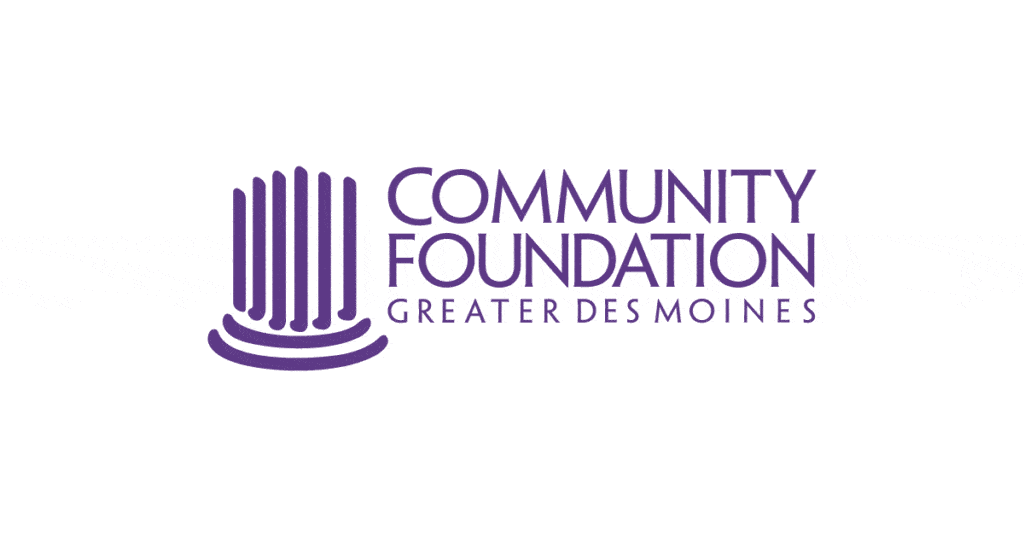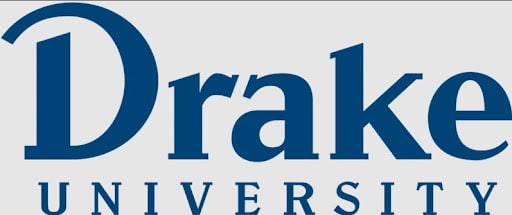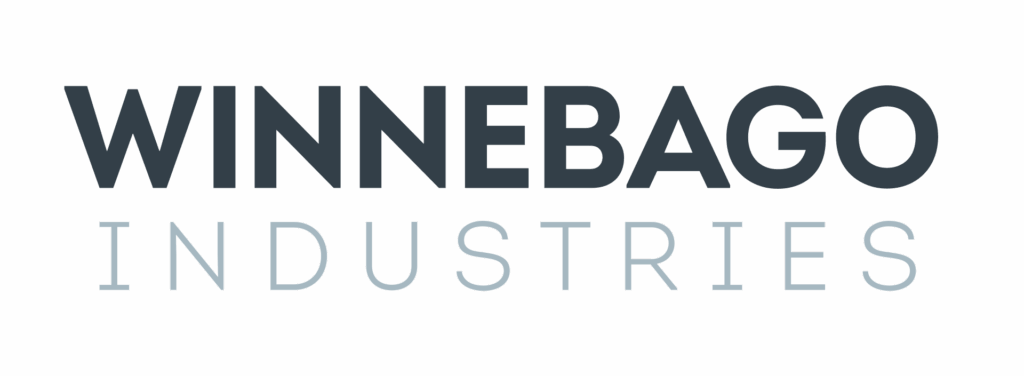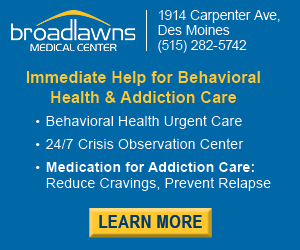Have 2 years of pandemic and disruption made you a stronger leader?

Two years ago on March 11, 2020, the World Health Organization declared a global pandemic, and our world changed. It was about this day two years ago that most companies went remote.
I remember the weeks prior to and the weeks after the shutdown of businesses and schools with both stark clarity and fogginess, as if time itself had been altered. Like so many other organizations, our company snapped into crisis mode and rapidly adapted to remote work while we simultaneously navigated adjustments and managed fears in our personal lives.
While the pandemic unfolded — followed by economic disruption, a racial equity awakening and more — everything from our health, workplaces, kids’ education and child care was affected. Businesses everywhere experienced major change. Looking back, some companies adapted quickly. Others struggled or folded. Team members evolved their ways of working. Some stepped up. Some opted out.
Clearly, the world of work has indelibly changed. But how have YOU changed? Did you become stronger in your role managing, leading or directing a company? Are you more resilient? Has your company emerged stronger and more ready to face a future that’s still uncertain — but certain to be filled with significant disruption and change?
Have two years of a pandemic and disruption made you a stronger leader? Here are five questions to ask yourself, your leadership team or your board of directors:
- Have you become more comfortable living with uncertainty? As the pandemic and global disruption continue, the pervasive uncertainty we are living with can make us feel “anxious and out of control,” says a recent article in Psychology Today called “Life’s Uncertainty Got You Down?” The article suggests that accepting uncertainty is one potential response that can actually open up room for positive change. Those who understand that life by its very nature is unpredictable are able to move forward and steer their organizations toward opportunity. Leaders and directors who systematically create and revise short- and long-range strategic plans with various potential scenarios will be more prepared for whatever comes their way.
- Have you created comprehensive risk management plans for possible future disruption and new threats? Many companies were caught off guard by the challenges of the pandemic, lacking disaster recovery or contingency plans. While many scrambled to put such plans in place, others have been so busy adapting their businesses they still lack road maps for emergencies. Now, in addition to boilerplate contingency plans, leaders and boards must consider responses for new or heightened risks such as additional pandemic variants, workforce shortages and shifts, skyrocketing inflation, supply chain disruption, cybersecurity threats, strikes, political disruption, and war, along with the devastating humanitarian consequences that accompany it.
- Have you developed a more compassionate understanding of the stressors, challenges or inequities facing your workforce? In a study just released by the American Psychological Association titled “Stress in America,” nearly two-thirds of adults in the U.S. said their lives have been forever changed by the COVID-19 pandemic and reported “widespread grief and sense of loss, continued hardships for vulnerable populations, concerns for children’s development among parents, and unhealthy coping habits.” These profound changes in our lives affect us at work. Leaders who do not truly care about the health and feelings of team members and empathize with what they are going through risk losing that workforce.
- Have you become more flexible in your approach to work? Over the last two years, how, when and where your team works have shifted over and over. We’ve gone from remote to hybrid and every combination in between. We have not settled on a standard way of working, and workers are demanding choice and assessing their priorities, according to a new Pew Research Center article titled “COVID-19 Pandemic Continues to Reshape Work in America.” Who is deciding to remain in the workforce has changed as well. The “Great Resignation,” as the mass exodus of people from the workforce is being called, is showing no signs of slowing down, according to federal data released March 9 that reported continued record levels of people leaving the workforce. Are you more equipped and open to meeting the needs of this changing workforce?
- Are you still waiting for things to return to “normal,” or is your eye on the future? For two years, leaders have been talking about the workplace “getting back to normal,” but as the pandemic evolves into a potential endemic and global disruption intensifies, the pace of disruption and change on many fronts continues. We are not going backward to a time when work and life look the same as before March 2020. Instead, we are moving into what McKinsey & Co. calls “the next normal.” The future is not clear, so forward-thinking leaders and boards are gathering data, analyzing trends, surveying stakeholders, listening and innovating – working to understand and define the future in a proactive versus reactive way. Has the pandemic helped you to look ahead? Has it made you more ready to move forward? What is your “next normal?”









